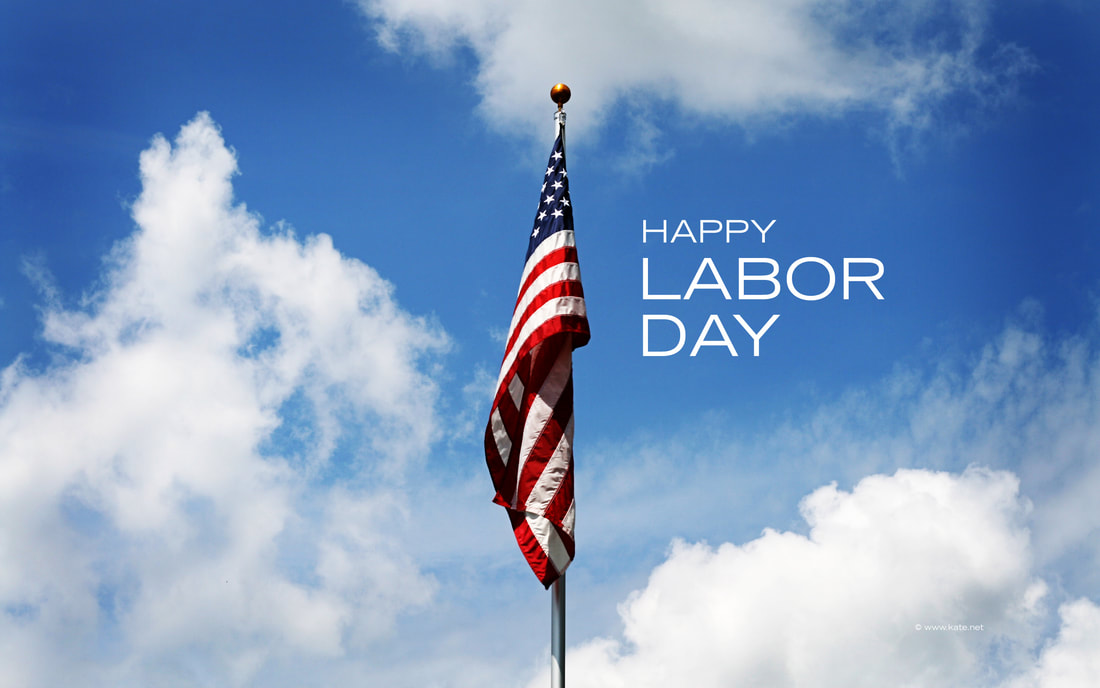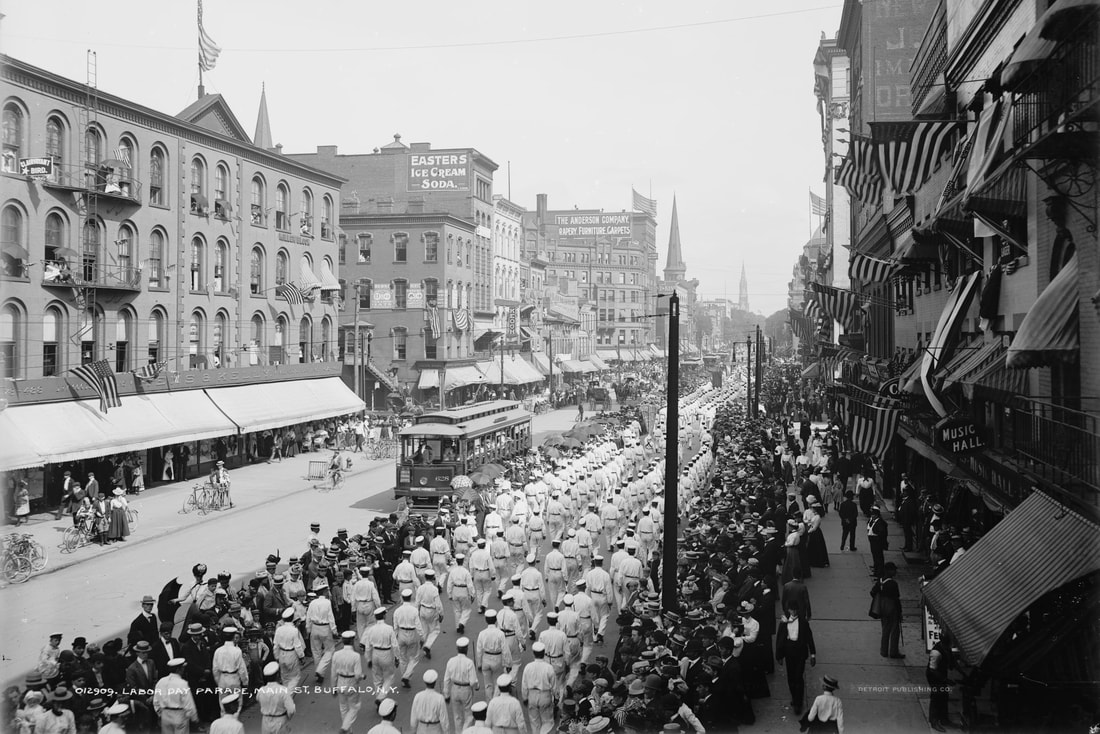It was in this context that American workers held the first Labor Day parade, marching from New York’s City Hall to a giant picnic at an uptown park on Sept. 5, 1882.
“Working Men on Parade,” read The New York Times’s headline. The article, which appeared on the last page, reported that 10,000 people marched “in an orderly and pleasant manner,” far fewer than the organizers had predicted would attend. The workers included cigarmakers, dressmakers, printers, shoemakers, bricklayers and other tradespeople.
Because it wasn’t yet an official holiday, many of the attendees risked their jobs by participating in the one-day strike. On their signs, they called for “Less Work and More Pay,” an eight-hour workday and a prohibition on the use of convict labor. They were met with cheers.
The American labor movement was among the strongest in the world at the time, and in the years that followed, municipalities and states adopted legislation to recognize Labor Day. New York did so in 1887, and The Times reported that that year’s parade was larger than ever, even amid political tension over the role of socialist groups. Parks, shops and bars in the city were full.
“The barrooms were never more resplendent,” The Times wrote. “Liquidly, the first legal celebration of Labor Day may go down to history as an unqualified success.”
But it took several more years for the federal government to make it a national holiday — when it served a greater political purpose. In the summer of 1894, the Pullman strike severely disrupted rail traffic in the Midwest, and the federal government used an injunction and federal troops to break the strike.
It had started when the Pullman Palace Car Company lowered wages without lowering rents in the company town, also called Pullman. (It’s now part of Chicago.)
When angry workers complained, the owner, George Pullman, had them fired. They decided to strike, and other workers for the American Railway Union, led by the firebrand activist Eugene V. Debs, joined the action. They refused to handle Pullman cars, bringing freight and passenger traffic to a halt around Chicago. Tens of thousands of workers walked off the job, wildcat strikes broke out, and angry crowds were met with live fire from the authorities.
During the crisis, President Grover Cleveland signed a bill into law on June 28, 1894, declaring Labor Day a national holiday. Some historians say he was afraid of losing the support of working-class voters.
For more on this go to the article below from which the above was taken from:
https://www.nytimes.com/2018/09/01/us/what-is-labor-day.html


 RSS Feed
RSS Feed